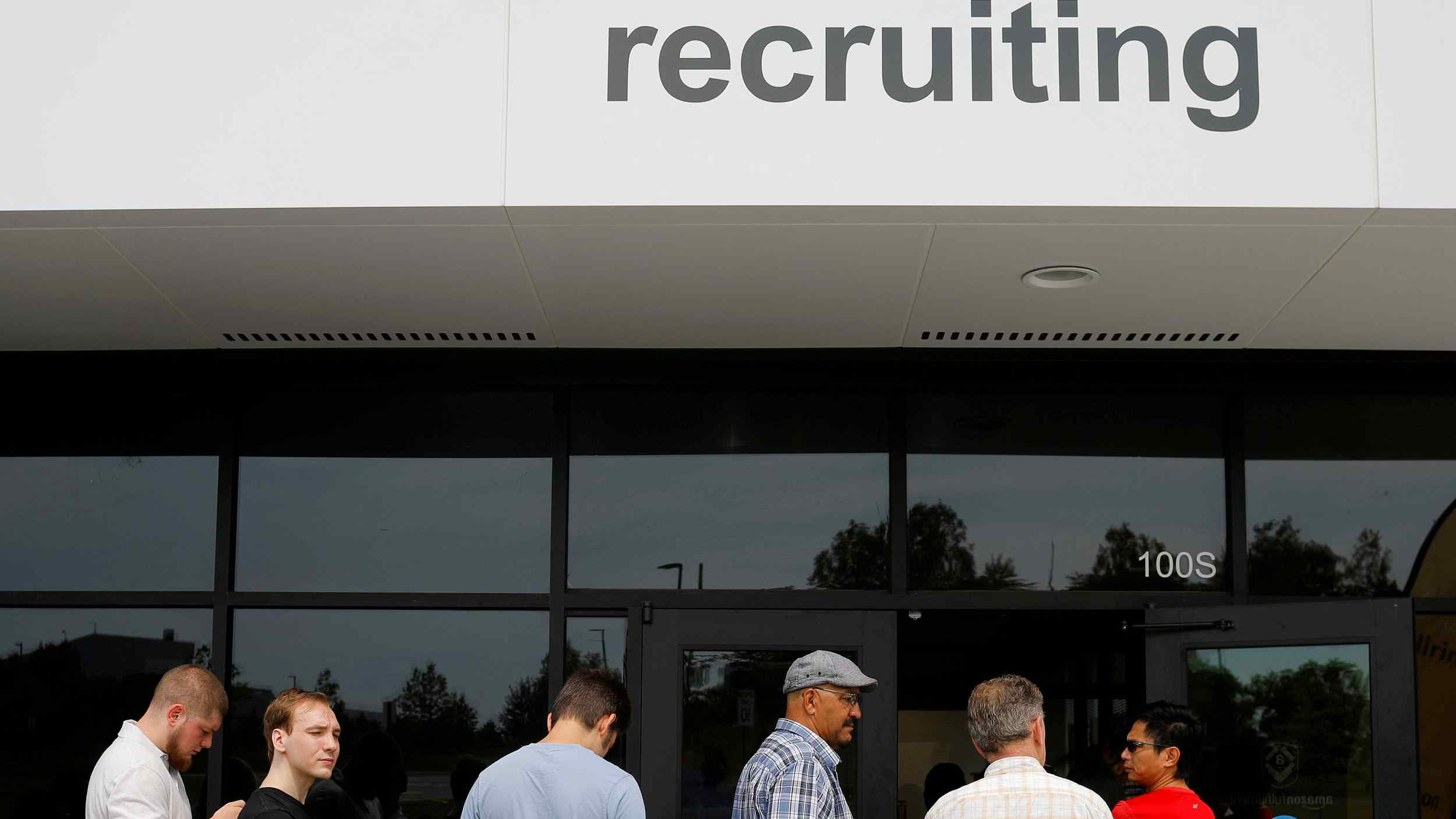
Business
12:13, 10-Jun-2018
Jubilant US job market spells Fed rate hike in June
CGTN

The US Federal Reserve looks likely to raise the key interest rate for the second time in 2018.
Lael Brainard, a member of the Fed Board of Governors, has signaled that the move would represent a bid to avert possible inflation.
A pleasing job report in May helped drive the unemployment rate down to levels similar to those recorded almost 50 years ago – just before an era of high inflation and economic pain that many Americans still recall with a shudder.
It took years of high lending rates for the Fed to rein in prices and see growth restored in the world's largest economy, and the central bank since has been focused on avoiding a repeat.

Jerome Powell, chairman of the US Federal Reserve, listens during a tour of the MHUB Innovation Center in Chicago, Illinois, US, on Friday, April 6, 2018. /VCG Photo
Jerome Powell, chairman of the US Federal Reserve, listens during a tour of the MHUB Innovation Center in Chicago, Illinois, US, on Friday, April 6, 2018. /VCG Photo
Even before last month's expectations-shattering jobs report which showed that 223,000 net new positions were created and unemployment hit the lowest in 18 years at 3.8 percent, members of the Federal Reserve's interest rate-setting Federal Open Market Committee had signaled they were ready to move.
And even Brainard, an influential voice who spent much of 2017 urging fellow policymakers to wait before raising rates, has sounded somewhat more hawkish of late.
She recently said gradual rate increases are now justified and downplayed possible signs in financial markets of trouble ahead for the economy.
Recent data show the number of job openings now exceeds the population of job seekers for the first time on record, dating back to 2000.
And in such a tight labor market, anecdotal reports collected by the Fed show employers have to raise wages to prevent other companies from poaching their workers, rehire retirees, or begin recruiting directly from trade schools.
A June hike to be a sure thing
It all adds up to an increase coming in the benchmark lending rate that affects loans on cars, homes and everything else. Futures markets on Friday put the odds of an increase next week at better than 90 percent.
"Labor force growth is well below where we're seeing payroll growth. It seems that unemployment's going to get lower," said John Ryding, chief economist at RDQ Economics.
By year-end the jobless rate could fall to 3.5 percent for the first time since 1969, he said, and then go as low as three percent by the end of 2019 – which would be the lowest level since September 1953.

US job fair /VCG Photo
US job fair /VCG Photo
"The Fed wants to cool the job growth so that we don't keep pushing the unemployment rate ever lower," Ryding said.
In today's economy, rising oil prices, December's sweeping tax cuts, a weakened US dollar and synchronous global growth, not to mention a brewing trade war with America's largest economic partners, all suggest price pressures could soon rise.
A June hike appears to be a sure thing and futures markets also are betting on a third increase in September.
How about inflation?
As many economists now expect a fourth rate hike in December, markets currently are split on the chances of this.
While signaling they will raise rates in June, Fed members also describe their inflation target as "symmetric", meaning they may let it run somewhat higher than their two percent target to compensate for the six-year stretch during which it remained stubbornly low.

Traders work on the floor of the New York Stock Exchange (NYSE) in New York, US, on Friday, May 4, 2018. /VCG Photo
Traders work on the floor of the New York Stock Exchange (NYSE) in New York, US, on Friday, May 4, 2018. /VCG Photo
Ryding and other economists also believed that the link between unemployment and rising prices is not a simple one.
"I expect it to have an impact but I think it's just hugely exaggerated," said Dean Baker, senior economist at the Center for Economic and Policy Research.
Inflation did rise following the extremely low unemployment rates of the 1960s, but it did not suddenly explode, but rose progressively instead.
Also, life for workers today is entirely different: the collapse of unionization, declining bargaining power and the rise of outsourcing mean that scarce workers do not always translate directly into higher pay and mounting prices.
Current estimates for wage growth also show it is moving up slowly, just ahead of inflation, so it is not fueling an acceleration of prices.
Source(s): AFP

SITEMAP
Copyright © 2018 CGTN. Beijing ICP prepared NO.16065310-3
Copyright © 2018 CGTN. Beijing ICP prepared NO.16065310-3